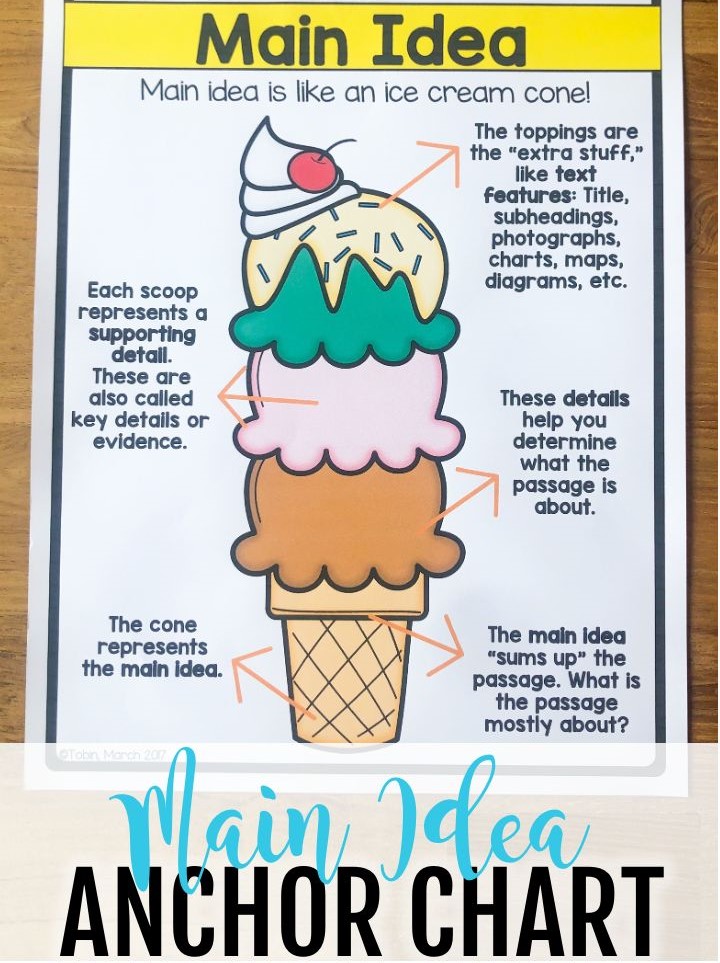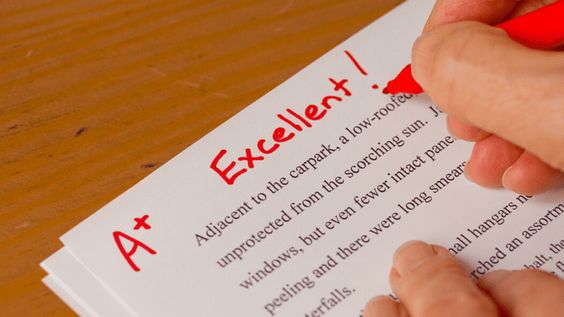In today’s rapidly changing world, it is more important than ever for educators to hold all learners to high expectations and support them in achieving their greatest potential. By setting ambitious goals, students can be encouraged to persist, learn from mistakes, and continuously improve. Here are ten ways teachers can raise expectations and foster a growth mindset in every student:
1. Set clear and achievable objectives: Establish specific, measurable goals that encourage students to surpass previous achievements. This sends a message that you believe in their capabilities and that they, too, should expect greatness.
2. Communicate high expectations: Emphasize your confidence in their ability to succeed and openly express your belief in their potential to overcome challenges.
3. Encourage self-reflection: Teach students how to evaluate their progress, identify areas for improvement, and set personal goals. This promotes a growth mindset and encourages them to take responsibility for their own learning journey.
4. Scaffold learning experiences: Break challenging tasks into smaller, manageable steps. This allows students to build confidence and develop skills incrementally while pursuing ambitious goals.
5. Offer constructive feedback: Provide detailed feedback on performance, highlighting both strengths and areas for improvement. Be specific about what can be improved and offer suggestions on how to do so.
6. Foster a positive learning environment: Create a classroom culture that values effort, determination, collaboration, and continuous improvement rather than focusing solely on achieving high test scores or grades.
7. Celebrate small successes: Recognize effort and progress along the way rather than just celebrating final accomplishments. This reinforces the importance of persistence in achieving ambitious goals.
8. Differentiate instruction: Tailor teaching strategies and materials to meet the diverse needs of learners in order for all students to have an equal opportunity to reach ambitious goals.
9. Encourage collaboration: Promote teamwork by creating opportunities for students to learn from and support one another. This fosters a sense of shared responsibility for success and reinforces the idea that all students can excel.
10. Be a role model: Demonstrate persistence, resilience, and a growth mindset in your own professional development. This sends a powerful message to students about the importance of striving to achieve ambitious goals in their own lives.
By employing these strategies, educators can nurture a culture of high expectations in which all learners are inspired to reach their full potential. As students strive towards ambitious goals and develop a growth mindset, they are better equipped to navigate the challenges of an increasingly complex and competitive world.










